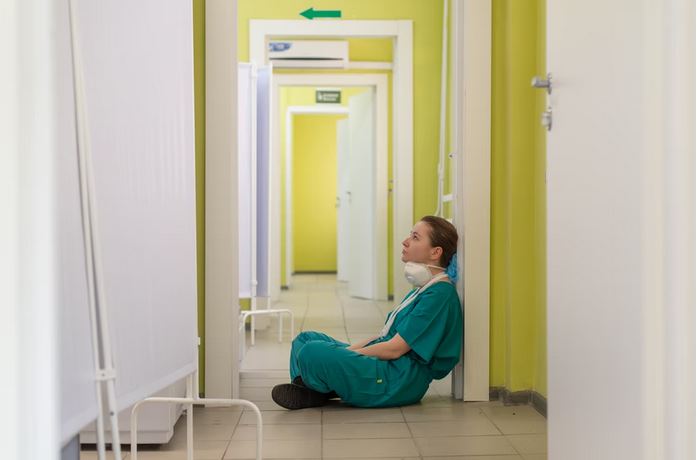Social distancing and sadness: The need for human connection
This is the year of disruption. The most devastating pandemic the world has seen since the Spanish flu coincides with grave economic and political instability. Alongside this, there are many challenges for individuals and families, including working remotely, educating children from home, financial insecurity and changes in how we procure daily goods and services.
Our interactions have become very different. Gone are large weddings, funerals, birthdays, dinners and in-person time spent with loved ones and strangers. We now have drive-by weddings, visits with our loved ones through windows, virtual happy hours and countless hours of Zoom, Skype, Facetime or Microsoft Teams interaction.
COVID-19 has clearly highlighted the disparities among individuals and nations. Unfortunately, there are many individuals who do not have access to technological advantages, nor the capabilities to utilize them.

In pandemic planning, we talk a great deal about common good and utilitarian frameworks – preserving lives and keeping the greatest amount of people safe. However, when we reflect upon this period in history, we need to realize that the psychological impacts of separation will continue to be profound. Note that the CDC has created a resources list for those in need of support.
As a clinical ethicist who provides ethics consultation both in acute care settings and long-term care settings, one of the greatest struggles I have witnessed is the considerable health deterioration of individuals (both patients and loved ones) due to lack of connection with each other.
I am a strong proponent of visitation restrictions and social distancing to protect the vulnerable, our healthcare workers and our health systems. However, this pandemic has shown me that human connection and health are intricately tied.
I have had patients delay seeking medical care, not because of fear of contracting COVID-19, but fear that they would not be able to see their loved ones. I’ve had a fellow healthcare worker implore me to change policies to allow them to hug her grandma as she has stopped eating due to loneliness.
I have seen families remove loved ones from long-term care facilities, weighing the risks of separation over arguably the most appropriate medical care. I have been consulted on patients who refused long-term care placement because they know they won’t have typical family interactions. I have witnessed patients and families struggle with the acceptance that they will not be able to spend the last few weeks of a person’s life together because patients were not critical enough to warrant visitation and the risks were too high.
The use of iPads, phones and computers have replaced some of these interactions, but they are often shared resources that take the time and effort of healthcare providers, institutions and private individuals to arrange. These resources are wonderful tools; however, in long term or end-of-life situations, they are often poor substitutes.
It is important that healthcare leaders acknowledge this need for in-person interaction. This pandemic will continue to circulate, which means providers, policy developers and government officials will be required to continually adapt social distancing measures and visitor restrictions based upon local outbreak numbers.
Whether this means facilitating outdoor visits, creating safe pods for visitation, allowing certain individuals to assume some risk (particularly nearing the end of life), or allowing residents of long-term care facilities passes to visit family, there is a call to all of us to be creative.
As we continue to balance the need for preserving the safety of each other, we must not forget that those in our healthcare facilities also need human connection.
-By Katarina Lee, clinical ethicist for St. Boniface Hospital and the Compassion Network. Lee is also an assistant professor in the Department of Family Medicine at the University of Manitoba. She was a clinical ethics fellow in the Center for Medical Ethics and Health Policy at Baylor College of Medicine between 2016 and 2018.



